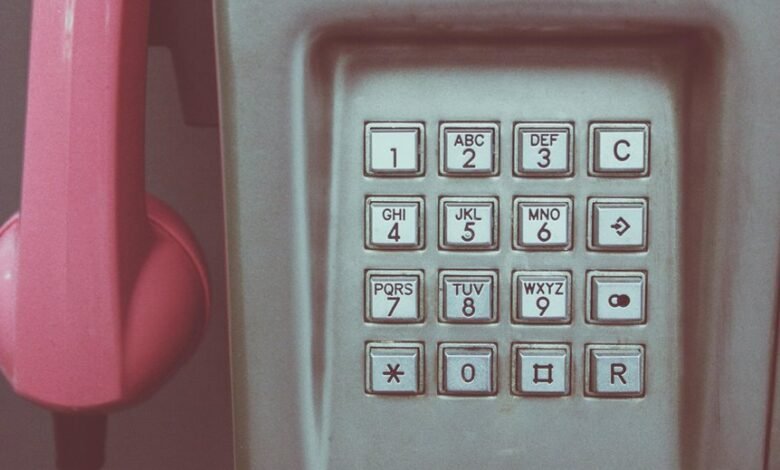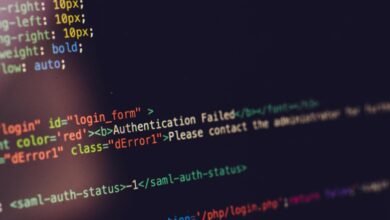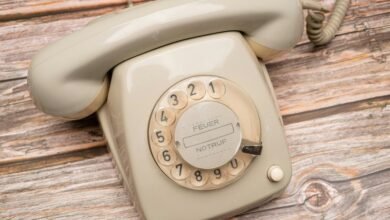Who Called Me? 3669743258, 3509342445, 3248829472, 3278535736, 3533628951, 3533865642

Numerous individuals have reported receiving calls from the numbers 3669743258, 3509342445, 3248829472, 3278535736, 3533628951, and 3533865642. Each of these entries raises questions about their origins and intentions. Caller identification tools and reverse phone lookup services offer potential insights into these inquiries. Understanding the nature of these calls is crucial. Analyzing the patterns may reveal a troubling trend that warrants further examination. What strategies can one employ to protect against these communications?
Understanding the Caller ID: Analyzing the Numbers
How can one effectively decipher the complexities of Caller ID?
Employing caller identification techniques and number verification methods enhances the ability to analyze incoming numbers. By scrutinizing the numerical patterns and sources, individuals can distinguish legitimate calls from potential threats.
This analytical approach not only fosters informed decision-making but also empowers users to reclaim their communication autonomy in a world rife with unsolicited contact.
Common Sources of Unwanted Calls
Unwanted calls manifest from a variety of sources, each employing distinct strategies to reach individuals.
Telemarketing tactics often involve aggressive outreach to promote goods or services, while robocall strategies utilize automated systems to deliver pre-recorded messages.
These methods frequently target unsuspecting consumers, undermining their privacy and autonomy, and highlight the growing need for effective measures to combat such intrusive communications.
How to Identify and Block Unwanted Callers
Identifying and blocking unwanted callers requires a systematic approach that leverages technology and user awareness.
Effective caller identification techniques, such as reverse phone lookup and online databases, enable users to ascertain the nature of incoming calls.
Additionally, utilizing blocking apps can significantly enhance privacy by preventing unwanted communications.
Together, these strategies empower individuals to maintain control over their phone interactions and safeguard their personal space.
What to Do If You Receive a Suspicious Call
What steps should one take upon receiving a suspicious call?
Implement effective call response strategies by not engaging with the caller and documenting relevant details.
Subsequently, follow established reporting procedures by notifying local authorities or your telecommunications provider.
This proactive approach safeguards personal information while contributing to broader efforts against fraudulent activities, ensuring a more secure communication environment for all individuals.
Conclusion
In conclusion, the investigation into the numbers 3669743258, 3509342445, 3248829472, 3278535736, 3533628951, and 3533865642 reveals a high likelihood of these being associated with unwanted telemarketing or potential scams. The theory that increased caller identification and blocking technologies can significantly reduce the impact of such intrusive calls is supported by user experiences and data. Thus, employing these tools not only enhances privacy but also empowers individuals to take control of their communication landscape effectively.





